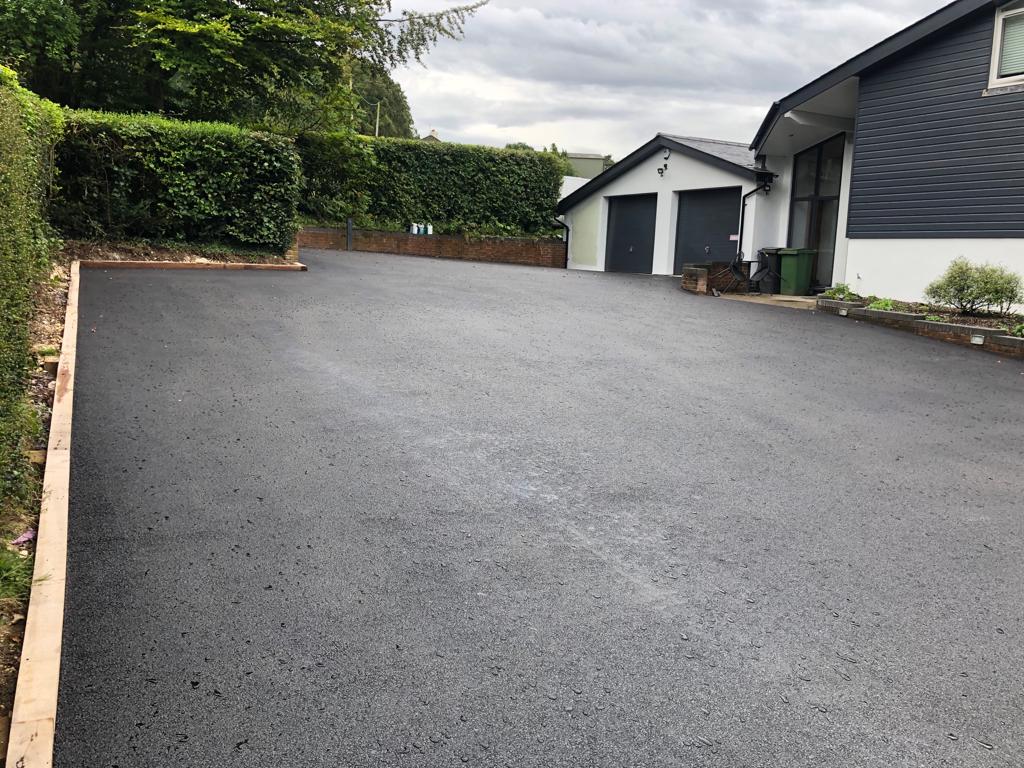A well-constructed hardstand is designed to endure extreme loads, constant use, and the demands of industrial operations. However, even the best-built surfaces can deteriorate over time. Knowing when it’s time to fully rebuild — rather than patch or resurface — is critical to safety, productivity, and long-term costs. At Shepparton Road Tech, we help businesses in Shepparton, VIC make informed decisions about their hardstands by identifying signs that a rebuild is the most practical solution.
Why a Rebuild May Be Necessary
Hardstands bear the brunt of commercial and industrial traffic. If the foundational layers beneath the surface are compromised, no amount of patching will solve the problem. In these situations, a full reconstruction becomes necessary to restore structural integrity.
Warning Signs That Signal the Need for Rebuilding
If you’re unsure whether your current surface can be salvaged or needs to be completely redone, look out for the following issues:
Widespread Cracking and Deformation
- Alligator or fatigue cracking across large areas indicates failure in the underlying base layers.
- Depressions, rutting, or distortion under heavy vehicles suggest that the load-bearing strength is no longer adequate.
- Raised or heaved areas could point to sub-base movement caused by water ingress or poor drainage.
Persistent Drainage Problems
Water pooling on the surface after rain or persistent damp areas can signal compromised subgrade levels. Poor drainage accelerates surface breakdown and leads to premature failure.
Frequent Repairs That Don’t Last
If you’re constantly patching potholes, filling cracks, or resealing, but problems keep returning, it’s likely the damage runs deeper. Short-term fixes on a failing structure often waste time and money.
Base or Sub-Base Failure
Once the supporting layers beneath the surface break down — due to water damage, ground movement, or excessive wear — the structural performance of the entire hardstand is compromised. This requires excavation and full reconstruction.
Edge Crumbling and Joint Separation
When the edges of the hardstand start to fall away or the surface pulls apart at seams and joints, it’s a sign that the pavement is losing cohesion and structural support.
How We Assess Whether a Rebuild is Needed
At Shepparton Road Tech, we assess each site with a professional eye, considering:
- Load requirements and frequency of use
- Existing surface and sub-base conditions
- Drainage performance
- Extent and spread of visible damage
- Age of the existing pavement
This allows us to determine whether rehabilitation, resurfacing, or complete rebuilding is the most cost-effective and safe solution.
Benefits of a Full Hardstand Rebuild
While a full rebuild is a larger investment upfront, it ensures:
- Long-term durability under heavy commercial loads
- Improved drainage design to prevent future damage
- Elimination of recurring maintenance issues
- Enhanced safety for staff and machinery
- A clean, professional appearance for your site
Conclusion
Knowing when to stop repairing and start rebuilding can save you money, downtime, and stress. If your hardstand in Shepparton is showing signs of structural failure, don’t wait until it becomes a major hazard.
Shepparton Road Tech is here to provide expert advice, professional assessments, and reliable asphalt and bitumen surfacing solutions tailored to your needs. Contact our local team to schedule a site evaluation and ensure your hardstand is built to last.
Call us on: 03 5907 5891
Click here to find out more about Shepparton Road Tech
Click here to complete our contact form and see how we can help with your road needs.

